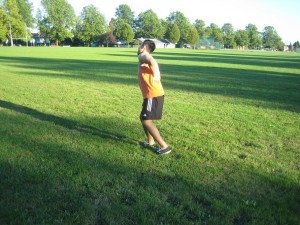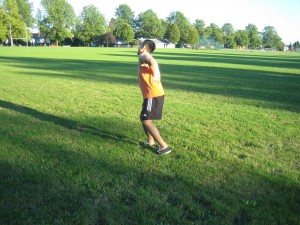A back spasm can disrupt one’s normal routine. These spasms can be instigated by overusing the muscle or a serious underlying condition.
For a minor case of back spasm, the treatment generally involves medications for the pain and inflammation along with application of ice or heat, rest, massage and exercise. Occasionally, the spasms might be an indication of a spinal injury and other ailments that necessitates medical care.
Initial care measures

Right after the back spasm starts, it is vital to allow the back to rest and find a position that provides relief. Resting on a firm surface with cushions or pillows beneath the knees can help lessen the pain.
The application of ice works by dulling the pain and the pack is left on the back for 15-20 minutes. In case cold is not effective, moist heat can be used instead. The warmth promotes improved circulation and allows the muscle to relax. Make sure that a barrier such as clean cloth or towel is placed amidst the skin and the pack to prevent skin damage.
Medications ideal for a back spasm
Due to the intensity of the pain linked with a back spasm, over-the-counter pain medications might be required. These usually include acetaminophen and ibuprofen which works by reducing the pain and inflammation.
A doctor should be consulted before using any over-the-counter drugs for back spasm. In case the spasm is intense or does not eases with over-the-counter drugs alone, a muscle relaxant might be prescribed by the doctor.
Exercise and massage
Once the pain and inflammation is under control, the muscles should slacken up and it is time to start gentle exercises.
A combination of exercise and massage therapy can reduce the discomfort and improve movement. When it comes to massage therapy, it helps improve circulation, relaxes tight muscles and lessens the swelling. As for exercise, it provides similar effects by improving the flow of blood to the muscles as well as flushing out substances that trigger inflammation.

